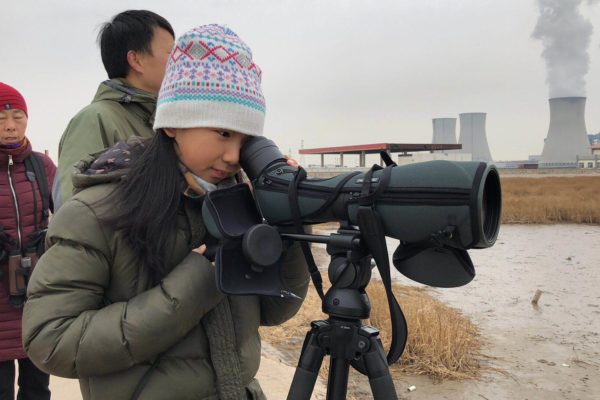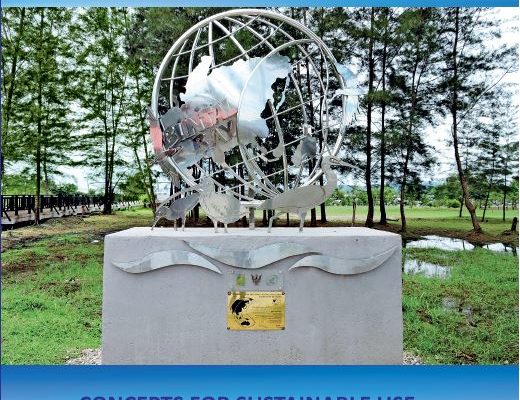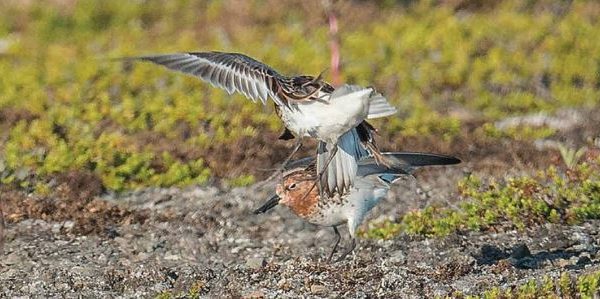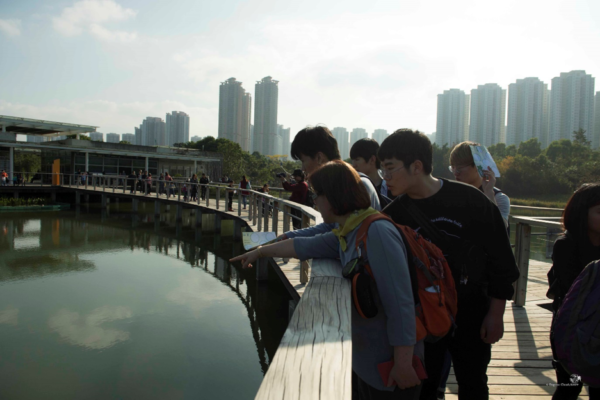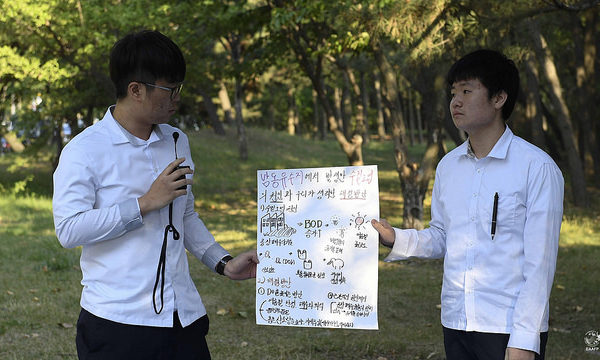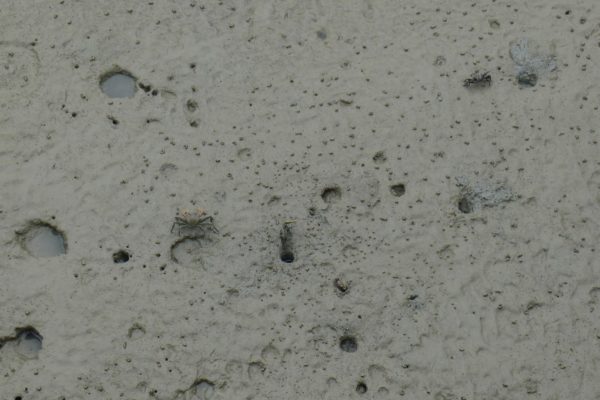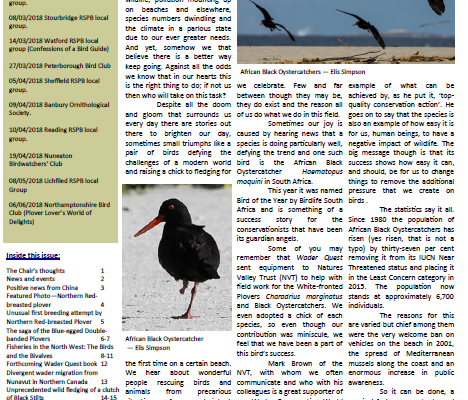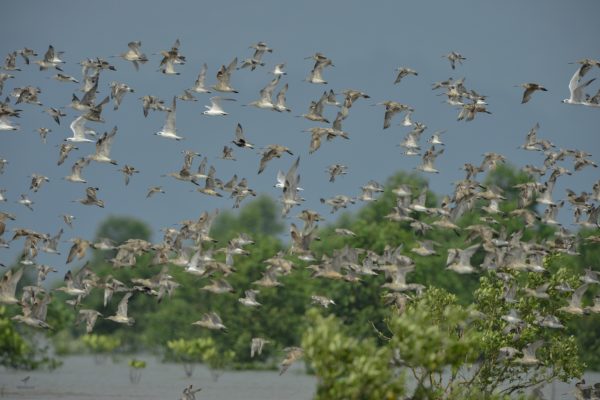-
Bako Buntal Bay–East Asian-Australasian Flyway Network Site Dossier
Sarawak Forestry Bako Buntal Bay [EAAF112] as covered by this document is located on the coasts of Sarawak, East Malaysia. The Bay represents tidal influenced coastal habitats which stretches from the tip of Santubong peninsula to the mouth of Sadong River. Bako Buntal Bay remained quite significant a part of Sarawak’s coastline due to large numbers of migratory birds as well as species which are globally threatened being recorded here. The dossier is written with the aim of conserving migratory waterbirds and their habitat and the main thrust is conservation and tourism along the Bay. It is a desk-based conceptualization of opportunities for developing and managing the Bako Buntal Bay Flyway Network site to support: Conservation and wise use of globally important waterbird populations; Recreational needs of tourism along the coast north of Kuching City for visitors and residents; Needs of and opportunities for the local residents of the larger area (Kg Buntal, Kg Bako, Kg Moyan, Asajaya); Future expansion of existing tourism product which is the Damai/Santubong peninsula; and Long term maintenance of biodiversity values and ecosystem services of the two national parks (Santubong National Park and Bako National Park). Preparation of the dossier was fully funded by the Ministry of Natural Resources and Environment of Malaysia. Download Dossier Content Download Dossier Cover
Continue reading -
The Flyway’s CEPA Strategy and Action Plan
CEPA Working Group Students giving a presentation © Eugene Cheah/EAAFP Some of you who have worked closely over many years with the flyway will know that a first CEPA Strategy was adopted in 2012. During 2017 this was replaced with a CEPA Strategy and Action Plan. What’s new about this document? A first obvious difference – it’s much longer since we have identified specific actions for the various implementers. Is it a more user-friendly document? We think so especially since we have also included a simple colour coding system so that implementers can easily ‘find themselves’ in the plan. With this system, all implementers – whether Government people at national or local levels, INGOs/NGOs, Site Managers and Visitor Centre Managers, Scientists, or people working for inter-governmental organisations etc. – can easily find their CEPA tasks to help in delivering CEPA actions. In turn this will contribute to the delivery of Objective 2 of the EAAFP’s Implementation Strategy. We hope all implementers will take some time to review this CEPA Strategy and Action Plan. Download Communication, Education, Participation and Awareness (CEPA) Strategy and Action Plan 2017-2021
Continue reading -
New initiative in the ASEAN, the heart of the EAAF
How Choon Beng, Sungei Buloh Wetland Reserve Shorebirds in Bako Buntal Bay [EAAF 112] © Eugene Cheah The ASEAN region lies at the heart of the East - Asian Australasian Flyway and the cooperation of the member states is critical for the conservation of wetlands and migratory waterbirds. The ASEAN Working Group on Nature Conservation and Biodiversity has endorsed the establishment of an ASEAN Network on Wetlands and Migratory Waterbirds Conservation. The objectives of this network are to help improve knowledge, increase capacity and enhance communication on wetlands and migratory birds in the ASEAN member states. This is in line with the EAAFP Southeast Asia network that was approved at the Ninth Meeting of Partners of the East Asian - Australasian Flyway Partnership in early 2017. The network will partner closely with the Secretariat of the EAAFP to achieve these objectives, with Singapore as the country lead for this network, and supported by the ASEAN Centre for Biodiversity. The Japan-ASEAN Integration Fund (JAIF) has stepped forward to support the network in a 2 year project to survey and improve management of sites of importance for migratory waterbirds within the region.
Continue reading

